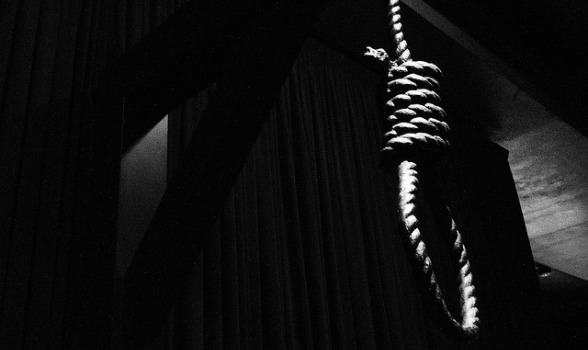A friend recently asked to meet for coffee. ‘I’ve had some more bad news,’ his text said. A ‘fifty something’ year old friend had taken his own life the day before. Jack had hanged himself from a tree in a public park on the outskirts of London; it was his fourth attempt. He had four children. This was the second, middle-aged, male friend to have committed suicide within six months.
Their stories are far from unique. Suicide occurs everywhere in the world to people of all age groups, from 15 to 70 years. The World Health Organisation (WHO) says that almost one million people commit suicide every year, with 20 times that number attempting it, and the numbers are rising. Methods vary from country to country: in the USA, where firearms litter the streets, 60% of people shoot themselves; in India and other Asian countries, as well as South Africa, taking poison, particularly drinking pesticides, is the most popular choice. In Hong Kong, China and urban Taiwan, WHO records that a new method, “charcoal-burning suicide” has been recorded. Drowning, jumping from a height, slashing wrists and hanging (the most popular form in Britain, the Balkans and Eastern European countries) are some of the other ways desperate human beings decide to end their lives.
Stigma and Under-reporting of Suicides
According to WHO, 1.5% of worldwide deaths were caused by suicide in 2012, making it the third highest cause of death in the World, and this is just those deaths which have been confirmed as suicide. WHO admits that the availability and quality of data is poor, with only 60 Member States providing statistics “that can be used directly to estimate suicide rates.” Many suicides, they say, “are hidden among other causes of death, such as single car, single driver road traffic accidents, un-witnessed drowning’s and other undetermined deaths.” These are just some of the many factors that make accurately assessing the numbers who take their own lives problematic. In countries where social attitudes, or religious dogma, shroud suicide in a stigma of guilt (Sub-Saharan Africa, where suicide is rarely if ever discussed or admitted, for instance), suicide may be hidden and go un-reported; so too in countries where suicide is still regarded as a criminal act:

